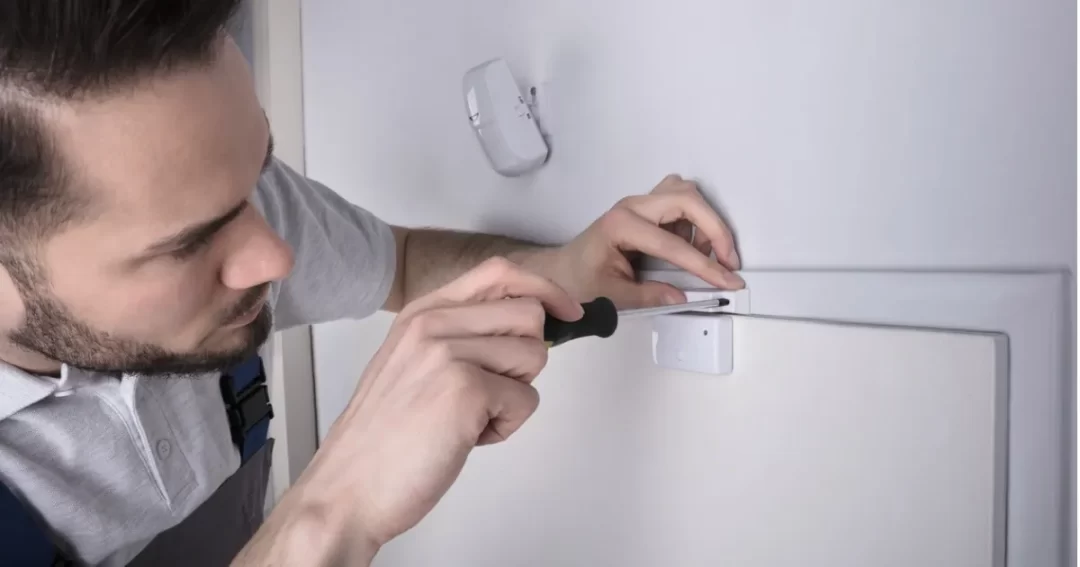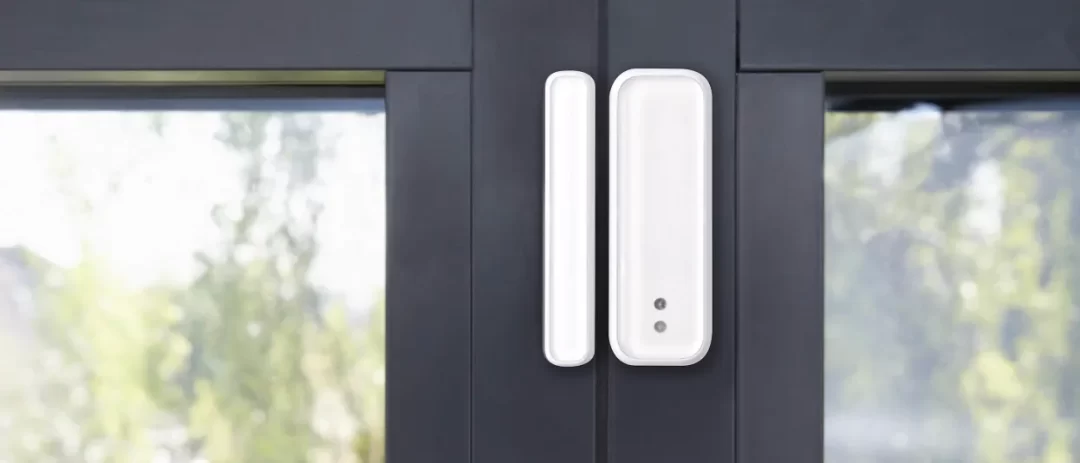Where Do You Put a Window Sensor? At Entry Points
Where do you put a window sensor? Welcome to a detailed guide on the placement of window sensors. Home security is a priority for everyone, and understanding the ideal locations for these sensors can significantly bolster your safety measures.
In this article, we will explore various aspects of placing window sensors strategically to ensure your home remains secure. Whether you’re a newcomer to home security or a seasoned pro, you’re sure to find valuable insights here.

Where Do You Put a Window Sensor?
Window sensors play a pivotal role in any home security system. They act as the first line of defense against potential intruders.
Let’s delve into the specifics of where you should position them for maximum effectiveness.
1. At Entry Points
I. Main Entry Points: Start by placing window sensors on all main entry points, such as the front and back doors. This ensures that any unauthorized attempts to enter your home are immediately detected.
II. First-Floor Windows: Cover all accessible first-floor windows with sensors. These are common entry points for burglars, so it’s essential to safeguard them adequately.
III. Basement Windows: If your home has a basement with windows, don’t forget to include them in your security setup. Intruders often target these less-visible entry points.
2. High-Value Areas
I. Bedrooms: Place sensors in bedrooms and other high-value areas, such as an office with valuable equipment. This adds an extra layer of protection to your most important spaces.
II. Living Room: The living room is often the central hub of the house. Installing sensors here helps ensure that even if an intruder gains access through an alternative route, their presence is still detected.
III. Garage Windows: If you have windows in your garage, they should also be equipped with sensors. Many valuable items are often stored in garages.
3. Frequently Forgotten Spots
I. Second-Story Windows: While less common, intruders can access second-story windows. It’s a good idea to have sensors in place here too.
II. Sliding Glass Doors: These are unique challenges as they are both windows and entry points. Make sure they are adequately covered.
III. Backyard Windows: Overlooked by many, backyard windows can provide easy access for burglars. Install sensors here if you have them.
Balancing Sensitivity
Adjust Sensitivity: When placing sensors, consider the sensitivity settings. You want them to be triggered by unauthorized entry but not by everyday activities like strong winds or pets.
Frequently Asked Questions About Window Sensor?

Here are some related questions and answers on window sensors:
1. Can I install window sensors on all my windows?
Yes, you can, but it’s often more cost-effective and practical to focus on the most vulnerable entry points.
2. Do I need professional help to install window sensors?
While professional installation is an option, many window sensors are designed for easy DIY installation. Just follow the manufacturer’s instructions.
3. How often should I test my window sensors?
It’s advisable to test your window sensors periodically, perhaps every few months, to ensure they are functioning correctly.
4. Can I use window sensors in apartments?
Absolutely. Window sensors can be used in apartments to enhance security, and they are usually non-intrusive and easy to install.
5. Are window sensors pet-friendly?
Many modern window sensors are pet-friendly and won’t trigger false alarms due to pets moving around.
Conclusion
Placing window sensors strategically is an essential part of any home security strategy. By following the recommendations in this guide, you can significantly improve the safety of your home.
Remember to consider all entry points, high-value areas, and sensitivity settings to ensure optimal protection. Where do you put a window sensor?
It’s a question that, when answered correctly, can provide you with peace of mind and a more secure living environment.
READ ALSO!!!





